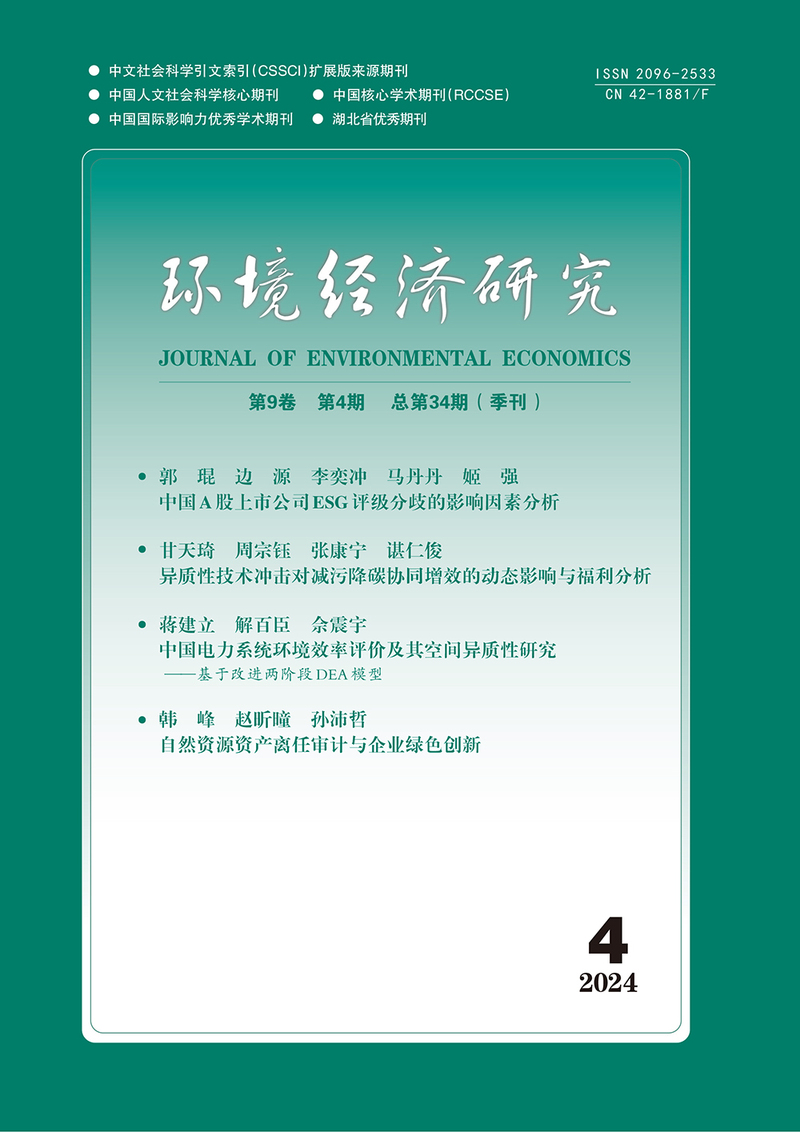Threshold Effect of Urbanization on PM2.5 Concentration
Yan Yaxue and Li Kai
摘要:本文运用面板门槛效应模型,采用近十年PM2.5浓度省际面板数据,将经济增长、能源结构和产业结构作为门槛变量,实证检验了城市化对PM2.5浓度的影响。研究表明,城市化对PM2.5浓度存在正向非线性的影响,并具有显著的门槛特征:当以人均实际GDP 为门槛变量时,在越过门槛值之前,经济增长对城市化和PM2.5浓度的关系产生正向影响,但越过门槛值之后,经济增长对二者关系的正向影响减弱;以煤炭消费占比为门槛变量时,煤炭消费占比对城市化水平和PM2.5浓度为正向影响,但是越过门槛值之后正向影响增大,呈现“阶梯式增长”特征;以第二产业占比为门槛变量时,第二产业占比对城市化水平与PM2.5浓度关系产生正向影响,但是越过门槛值之后正向影响减小,呈现下降的趋势。同时,本文的研究也表明,在东、中、西部不同的省份之间还存在着显著的空间差异,说明城市化在不同的地区和不同发展阶段,对PM2.5浓度的影响存在时空上的异质性。
关键词 : 城市化, PM2.5浓度, 门槛效应
Abstract: This paper applies panel threshold effect model and employs Chinese provincial PM2.5 concentration panel data in recent ten years, to investigate the impact of urbanization level on PM2.5 concentrations by empirical test. The research shows that the urbanization has positive nonlinear influence on PM2.5 concentrations and possess significant feature of threshold. With real GDP per capita as threshold variable, urbanization level contributes PM2.5 concentration at a slower pace when economies growth surpassing the threshold value. With the proportion of coal consumption as threshold variable, urbanization level accelerates the promotion effect when the proportion of coal consumption surpassing the threshold value, which presents ladder growth feature. With the proportion of second industry as the threshold variable, urbanization level contributes PM2.5 concentration at a slower pace when industrial structure surpassing the threshold value. Therefore, impacts on PM2.5 concentration exists heterogeneity on the space and time according to different urbanization level and regions.
Keywords:Urbanization; PM2.5Concentration; Panel Threshold Model
DOI:10.19511/j.cnki.jee.2016.02.008
